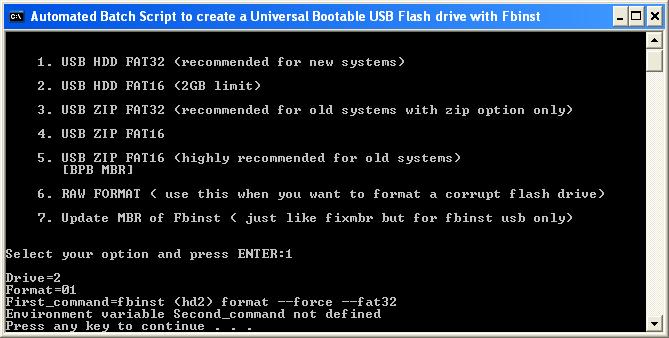

Once written down somewhere you can use it, reboot the system.

This should tell you the UUID of the block device, you will want to write this down. Once you find the /dev/ for the USB (for instance, if your system reads it as HDD, it might be /dev/sdd1), perform the command blkid on the device: blkid /dev/sdd1 Mount different block devices until you have found the one that contains the USB installer(this typically doesn't happen on true/Virt CDROM mounts). When the dracut shell becomes available, create a directory: mkdir /mnt/ This can often be caused by a mismatched label or /dev/sdXx root device when booting from USB.

> dracut-initqueue: Warning: /dev/root does not exist > dracut-initqueue: Warning: Could not boot > sd 0:0:0:0: Assuming drive cache: write through So I decided to try the 3rd option (the Troubleshooting -> one) with no luck I still cannot install this CentOS 7 and I got something like: > scsi 0:0:0:0: alua: not attached I have no idea what the fb is, and the installation process just stopped there. So I removed the quiet param and pressed CTRL x to start, then I got this: Linuxefi /images/pxeboot/vmlinuz inst.stage2=hd:LABEL=CentOS\x207\x20x86_64 quiet After that, three menu selections are presented:Īt first I decided to choose option 1 to let it display all its running messages, so I typed e and here is what I get: set params 'Install CentOS 7' (My GIGABYTE motherboard uses F12 to choose a boot device.) I chose this: UEFI: hp v245o 1100, where hp v245o 1100 is the USB name, and I suppose this is a so-called EFI boot from USB. I downloaded the ISO image from the CentOS official website (the one named CentOS-7.0-1406-x86_64-DVD.iso) and then burned it onto a USB drive by using a tool named UltraISO.Īfter that, I rebooted my computer and pressed F12 to choose my boot device. After hearing the news that CentOS 7 had been published, I decided to install it on my computer.


 0 kommentar(er)
0 kommentar(er)
